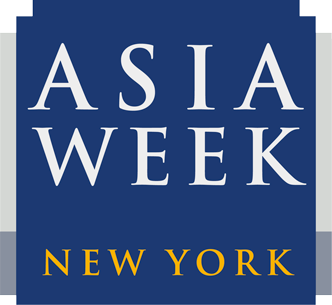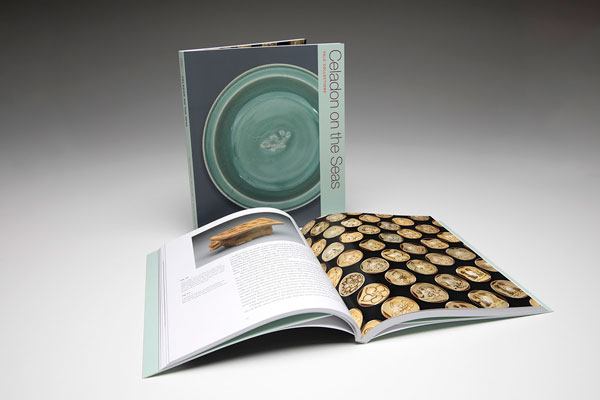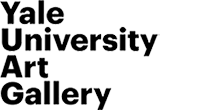UPCOMING AUTUMN EXHIBITION AND LECTURES
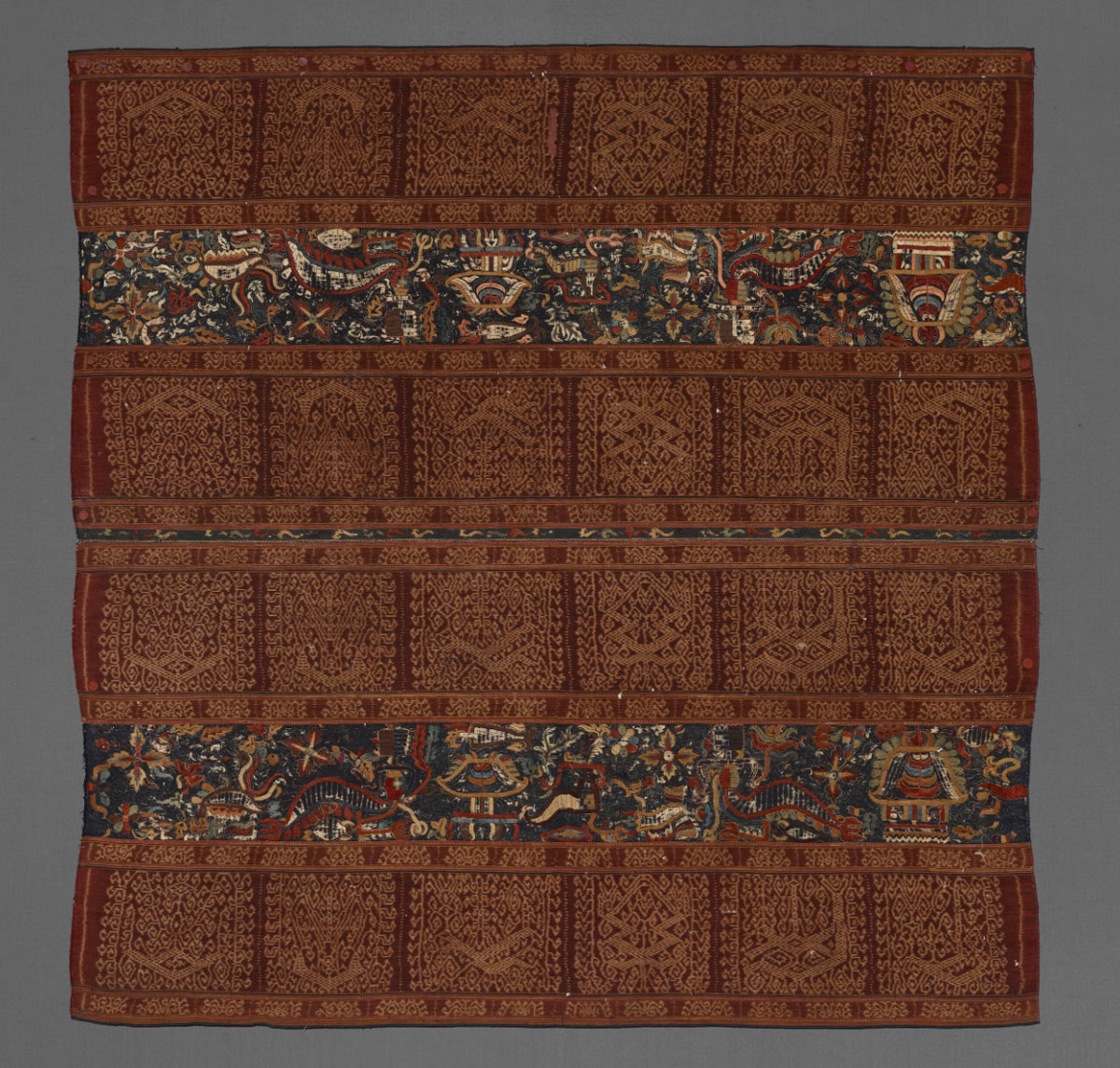
Woman’s Ceremonial Skirt (Tapis), Indonesia, Sumatra, Lampung, 16th–17th century. Cotton and silk; warp-faced plain weave, warp ikat, and embroidery. Yale University Art Gallery, Robert J. Holmgren and Anita E. Spertus Collection, Promised gift of Thomas Jaffe, B.A. 1971
Nusantara: Six Centuries of Indonesian Textiles
September 12, 2025 – January 11, 2026
Lecture: Living Cloth: Textiles and Society in Indonesia, September 25, 5:30– 6:30pm
Nusantara: Six Centuries of Indonesian Textiles presents one of Southeast Asia’s most significant artistic accomplishments: woven textiles. Exploring the ancient interisland links found in this culturally diverse maritime region, the exhibition features a wide array of textiles from the 14th to the 20th century drawn from the Yale University Art Gallery’s exceptional holdings—from the batiks of Java to the ikat of Sumba, and from ceremonial cloths and ritual weavings to clothing, shrouds, and architectural hangings. Especially remarkable are several early textiles that are intricately patterned with tie-dyed designs, while select three-dimensional objects, such as sculptures, headgear, and combs, are also included to provide context. Nusantara—from the original name for the Indonesian archipelago—offers a broad overview of the rich imagery and technical mastery of this remarkable art form.
Also join us for the accompanying lecture on September 25, where Barbara Watson Andaya, Emeritus Professor of Asian Studies, University of Hawai‘i, reaches back into the past and explores how cloth and material objects reflect shifts in aesthetic preferences, ritual practices, and the assimilation of outside influences. In the process, Andaya examines the gendered dimensions of cloth production as it transitioned from a cottage industry to a central commodity in the broader economy. Although the women involved—whether in transforming bark into cloth, infusing their weaving with intricate symbolism, or painting the vibrant designs that made “batik” a household name—are often overlooked in Indonesian history, they bequeathed a legacy that is still thriving.
Taking as departure points several pieces in the exhibition, the lecture traverses the Indonesian archipelago, tracing historical developments and highlighting the extraordinary diversity and cultural dynamics embedded in textiles. From the headdresses of headhunters to the cosmological motifs adorning Sumatra’s ship cloths and the mythical creatures on a batik waist wrapper from Java, this journey through time reveals both unique creativity and the profound connections between textiles and the identities of so many Indonesian communities.
To learn more, click here.
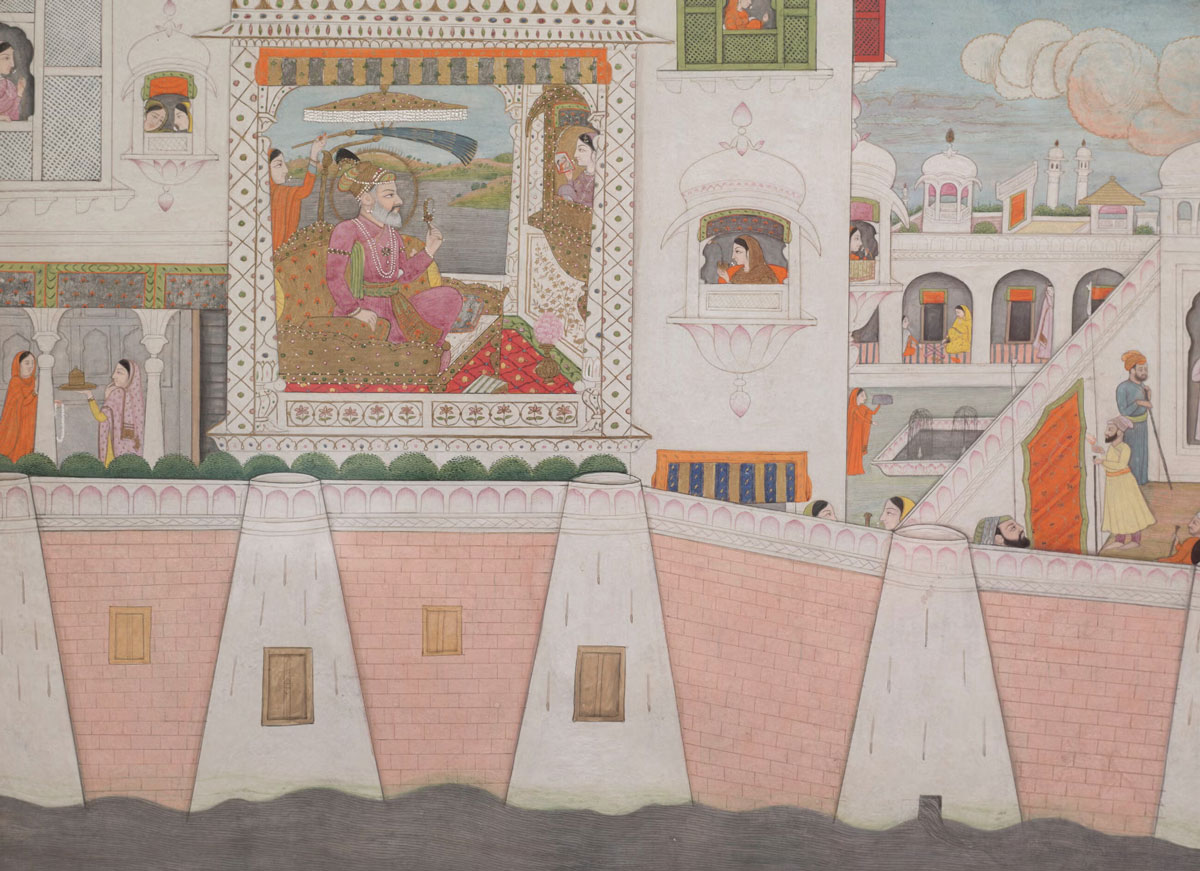
Palace Scene with Emperor Shah Jahan (1592–1666), India, Punjab Hills, Pahari, Independent Rajput States, early 18th century. Opaque watercolor and gold on paper. Yale University Art Gallery, Gift of Lindsay Harper Makepeace in honor of LeRoy McKim Makepeace, B.A. 1937
Alan L. Gans Lecture: Four Scholars, Four Paintings
October 9, 2025 from 5:30 – 6:30pm
The Department of Asian Art of the Yale University Art Gallery and the South Asian Studies Council of Yale University present the Alan L. Gans Lectures, with short presentations on four South Asian (Indian) paintings in the Gallery’s collection.
Specialists Dipti Khera, Associate Professor of Art History, Institute of Fine Arts, New York University; Mrinalini Rajagopalan, Associate Professor of History of Art and Architecture, University of Pittsburgh; John Seyller, Professor of Art History, University of Vermont; and Emma Natalya Stein, Ph.D. 2017, Assistant Curator of South and Southeast Asian Art, National Museum of Asian Art, Smithsonian Institution, discuss their favorites and explore the many fascinating historical and cultural stories that informed the creation of these works—in different regions of the subcontinent, at different points of time, and under the patronage of diverse rulers.
Denise Patry Leidy, the Ruth and Bruce Dayton Curator of Asian Art at the Gallery, and Kasturi Gupta, Director of Programs and Institutional Partnerships, South Asian Studies Council and Council on Southeast Asian Studies, MacMillan Center for International and Area Studies at Yale, introduce the speakers and moderate a question-and-answer session following the presentations.
To learn more, click here.
ONGOING EXHIBITION
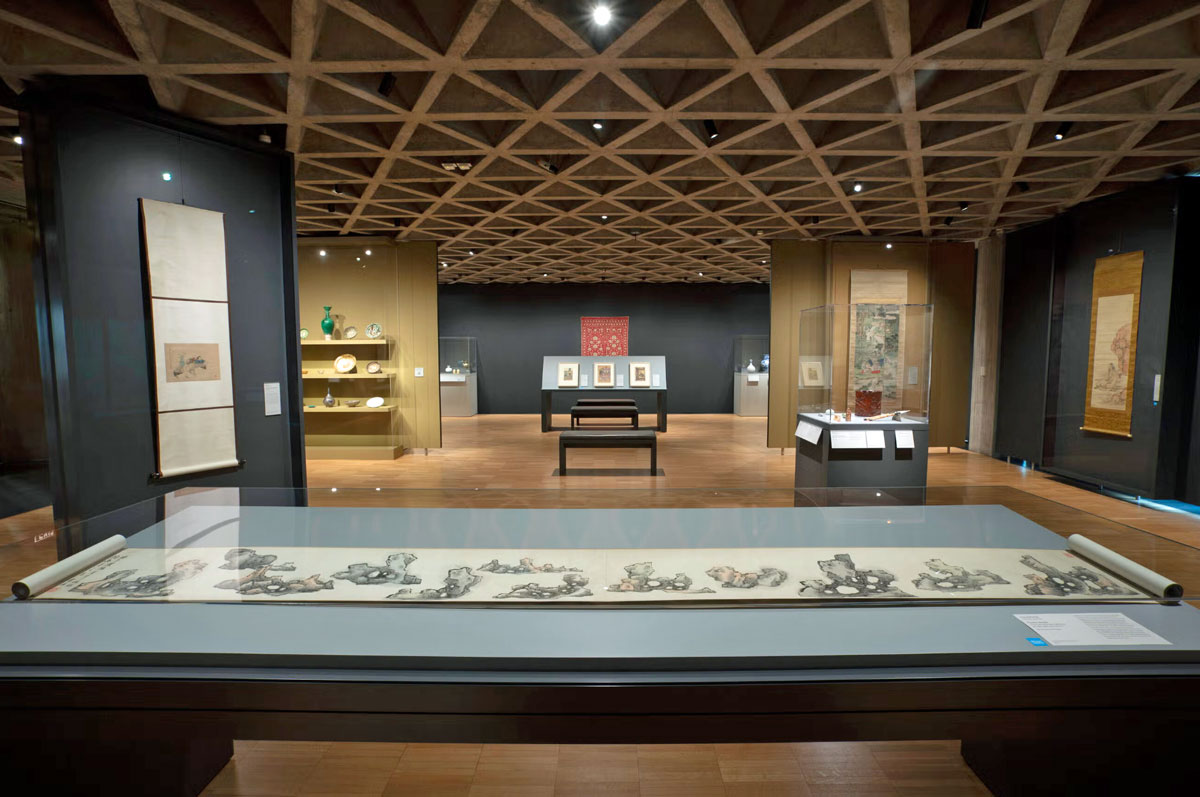
Installation view, Celebrated Moments and Cultivated Enjoyments in Asian Art
Celebrated Moments and Cultivated Enjoyments in Asian Art
June 12 – December 2025
The artworks in the current Asian installation showcase the influence of the literary world on the visual arts.
The works on paper from South and West Asia depict celebrated moments—devotional, historical, and literary—from well-known tales of gods and kings. Some of the Indian paintings highlight playful interactions between the Hindu god Krishna and his beloved, Radha, recounted in the Song of Govind. Other works, from Iran and Afghanistan, depict historical Persian kings, whose lives and exploits are recorded in the 11th-century Book of Kings and the 15th-century Compendium of Histories.
The selection of Chinese, Japanese, and Korean paintings reveal the influential role played by highly educated bureaucrats and their taste for cultivated enjoyments throughout the artistic traditions of East Asia. These gentlemen-scholars were trained in the Confucian classics as well as literature and the arts. On display are imagined portraits of famous historical figures, scholar’s rocks, and other cherished implements along with representations of these items.
This installation includes recent acquisitions to the Gallery. It is on view on the museum’s second floor until early December 2025.
To browse these fascinating works on view, click here.
Special Publication Promotion
To celebrate this season’s Asia Week, we are offering a special promotion on our recently released title Celadon on the Seas: Chinese Ceramics from the 9th to the 14th Century. Beautifully illustrated and engagingly written, this publication explores the development of the southern Chinese ceramic industry from the ninth to the fourteenth century. Drawing on our Collection, it examines the artistic, historical, and technical aspects of dozens of ceramic objects, offering an overview of the industry and its unique relationship to maritime trade.
To learn more and purchase your copy, click here.
Asian Art from the Permanent Collection
The Gallery’s Chinese and Japanese collections were built initially through the gifts and bequest of Mrs. William H. Moore between 1937 and 1960. The greatest strengths of the Chinese holdings are ceramics and paintings, including a group of vessels from the Changsha region of Hunan Province, from around 500 B.C.E. to 1000 C.E., assembled for the most part by John Hadley Cox, B.A. 1935. Chinese paintings range from the Tang dynasty (618–907 C.E.) through the 20th century, with particular strengths in the 17th century and in the modern and contemporary period.
The Japanese collection has important concentrations in the arts of the Edo period (1615–1868). Approximately 1,200 prints, the majority of which are ukiyo-e prints of the 18th and 19th centuries, demonstrate the breadth of this medium, and recent additions have included a group of 20th-century prints. Several important screens and hanging scrolls of the 14th through 18th century highlight the department’s holdings of Japanese painting and calligraphy, while Japanese textiles are represented by fragments from the Shōsōin repository in Nara, Noh robes, kimonos, and a collection of Buddhist priests’ robes. Japanese ceramics, a growing area of the collection, span from the Neolithic period to the presend day, with important recent additions of contemporary ceramic sculpture.
The South Asian and Islamic collections, again founded by the gifts of Mrs. Moore, are represented by an excellent group of textiles, ceramics, miniature paintings, and manuscript pages. Gifts of over 80 Persian and Indian miniature paintings, and others of Indian sculpture, have greatly augmented the holdings of Iranian and Indian art.
To view highlights in the collection, click here.
